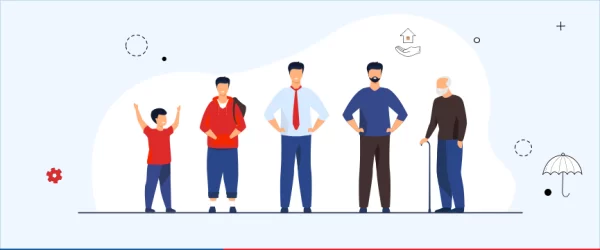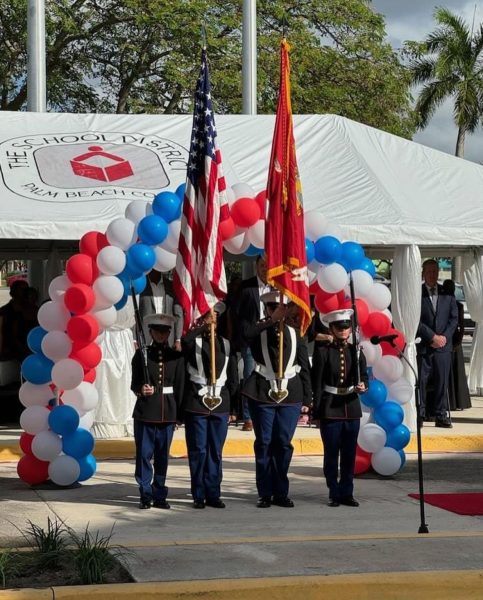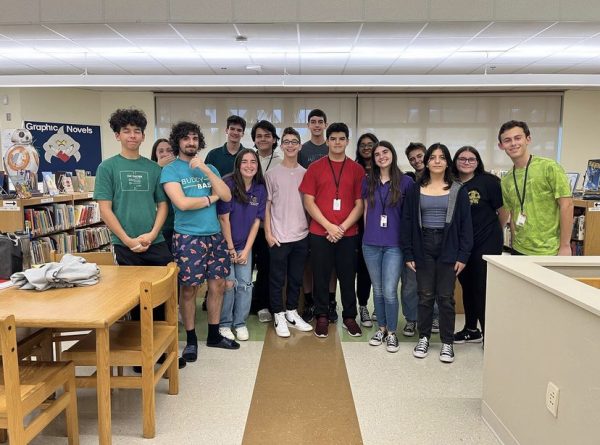Is the U.S. doing enough for its suffering veterans?
The Veterans Administration serves those veterans needing assistance, but many complain that the system is painstakingly slow and often times ineffective.
The United States military currently consists of approximately 1.4 million active-duty members, and around one million reserve members. After all, the U.S. has the largest military force in the world, but even those extremely high numbers don’t come close to the number of living veterans in the U.S. As of 2021, the Department of Defense estimated that there are around 19 million veterans currently living in the U.S. Sadly, some veterans are provided with little support and minimal care.
After service members retire, they often struggle to reintegrate into normal society. Oftentimes, when they return from deployment, they suffer from Post Traumatic Stress Disorder (PTSD), depression, and anxiety. “I deal with anxiety and a little bit of depression,” admitted Olympic Heights’ Marine JROTC Instructor Master Sergeant Carlos Jarquin, who served in the U.S. Marine Corps for 20 years. “I think it comes from sharing that close bond that develops within the Marines, and then when you leave you no longer have that. Though the hardest thing for me was adjusting to the lack of structure in civilian life.”
Whether someone serves for four years or 20 years, it can be a difficult transition from the extremely structured lifestyle that one becomes accustomed to in the military and then going back to being a citizen with no such daily schedule or rigid structure. The mental disorders and physical injuries can cause problematic alcohol and drug use in an attempt to cope, increasing the number of homeless veterans and high suicide rates amongst them. However, in recent years, PTSD has finally begun to gain more recognition, despite being a known entity since the Civil War.
PTSD is caused by a traumatic event. It is a serious, seemingly inescapable, mental health condition. Veterans make up the most likely candidates for this disorder, due to explosions, artillery, and other traumatic events that continue to live in their memories, even years after they retire.
“In one major study of 60,000 Iraq and Afghanistan veterans, 13.5% of deployed and non deployed veterans screened positive for PTSD, while other studies show the rate to be as high as 20% to 30%,” reports the National Library of Medicine. “As many as 500,000 U.S. troops who served in these wars over the past 13 years have been diagnosed with PTSD.”
This does not account for the number of physical injuries veterans have sustained. Emotional and physical damages from war cause long-lasting and even life-long damage that necessitates treatment. This is why the U.S. government has The Department of Veteran Affairs (V.A.).
The V.A. includes veteran health care, the Fourth Mission, veteran benefits, and National Cemeteries. Their goal is to take care of and honor the men and women who served and protected the U.S. Every veteran has to apply for free benefits and healthcare, which provides veterans with much-needed support after returning to civilian life. However, the problem is with the process to apply for these benefits. The process takes painstakingly long to complete, and many cases are denied, so veterans do not get the level of care they deserve for the sacrifices they’ve made.
Jarquin revealed that like most other veterans, he is still fighting with the V.A. over his hearing loss. He also spoke about how some veterans choose not to apply for the veteran benefits because they are scared they are going to get denied because it takes so long. He states that the V.A. process “is so complicated, [but] it has gotten better in the last couple years. I’ll give them that.” Though small progress has been made, the system is nowhere near where it needs to be to best provide support for veterans.
The V.A. needs to improve its process so it can allow for more support to be provided to veterans without the unnecessary hassle and stress that is the current process. Further support would allow for decreasing amounts of the rapidly rising homelessness, drug and alcohol abuse, anxiety, and suicide amongst veterans.















